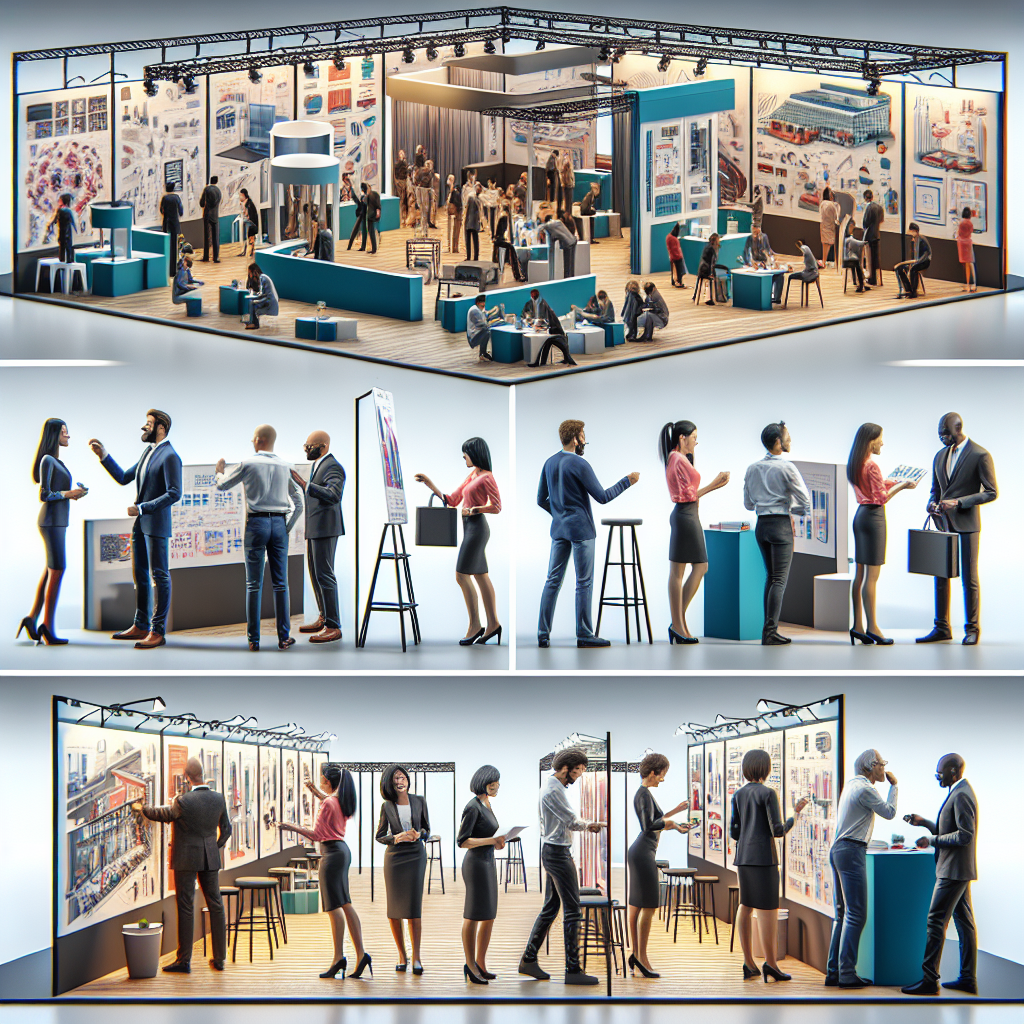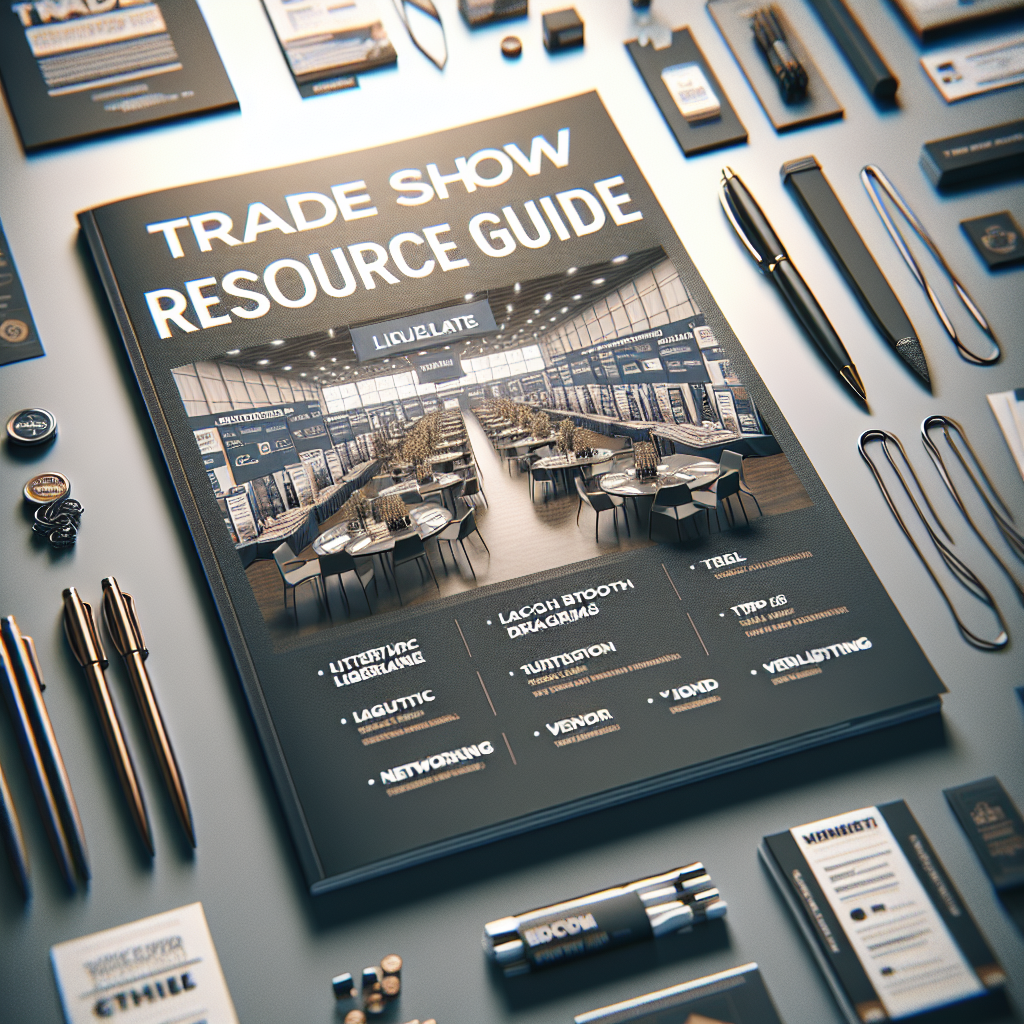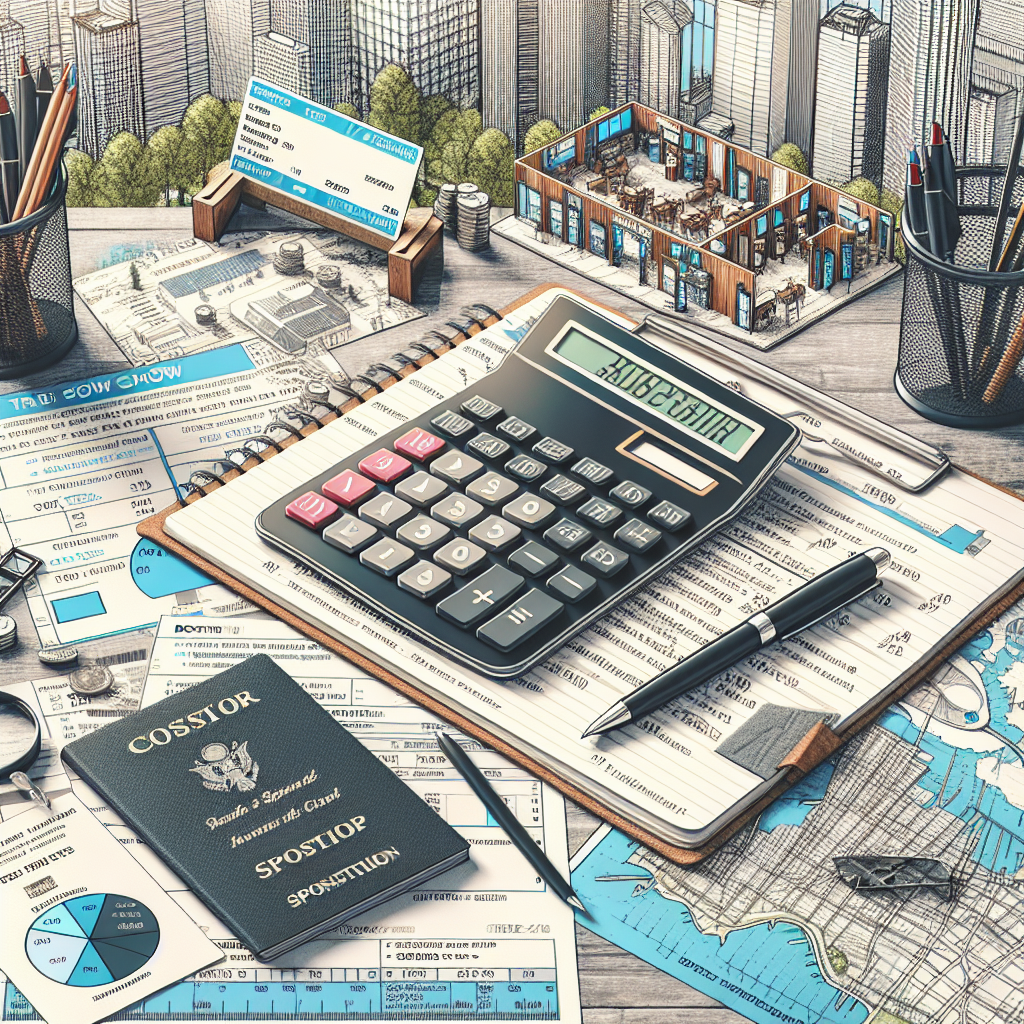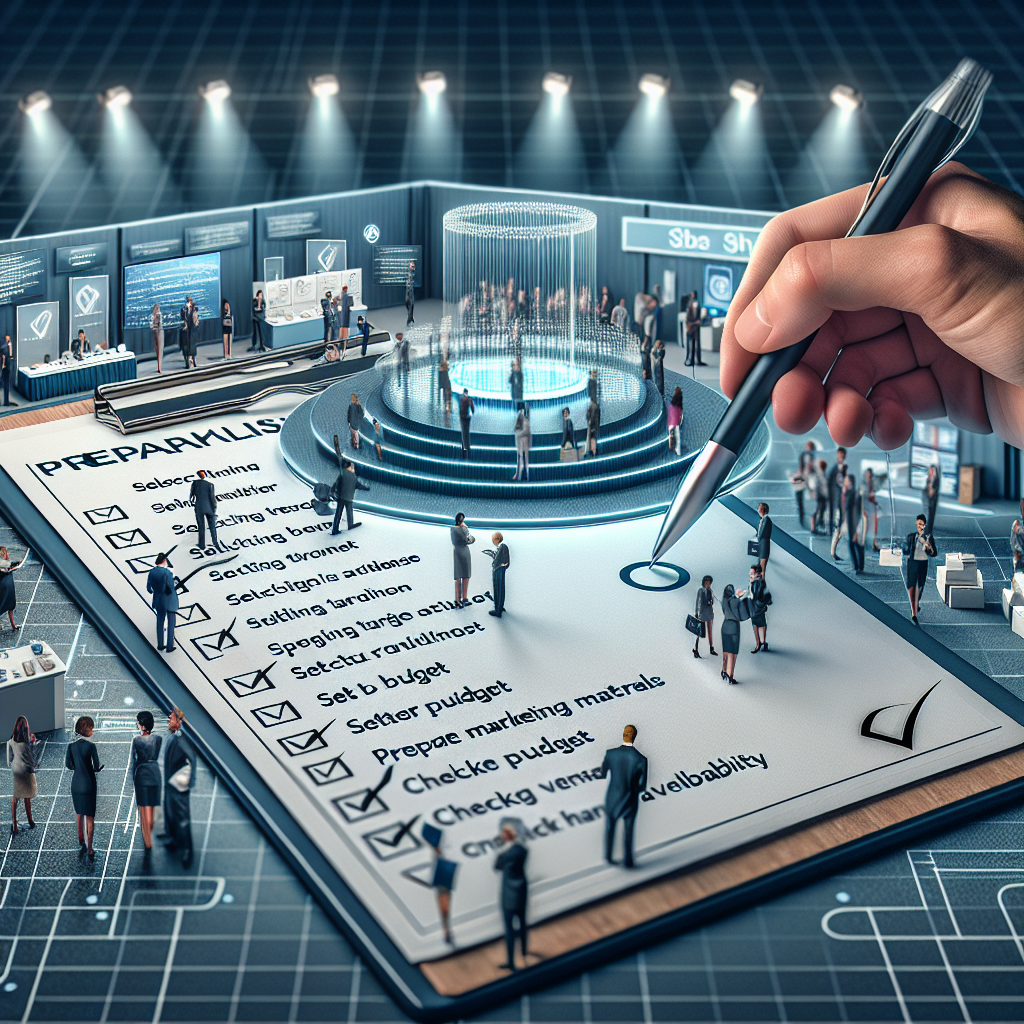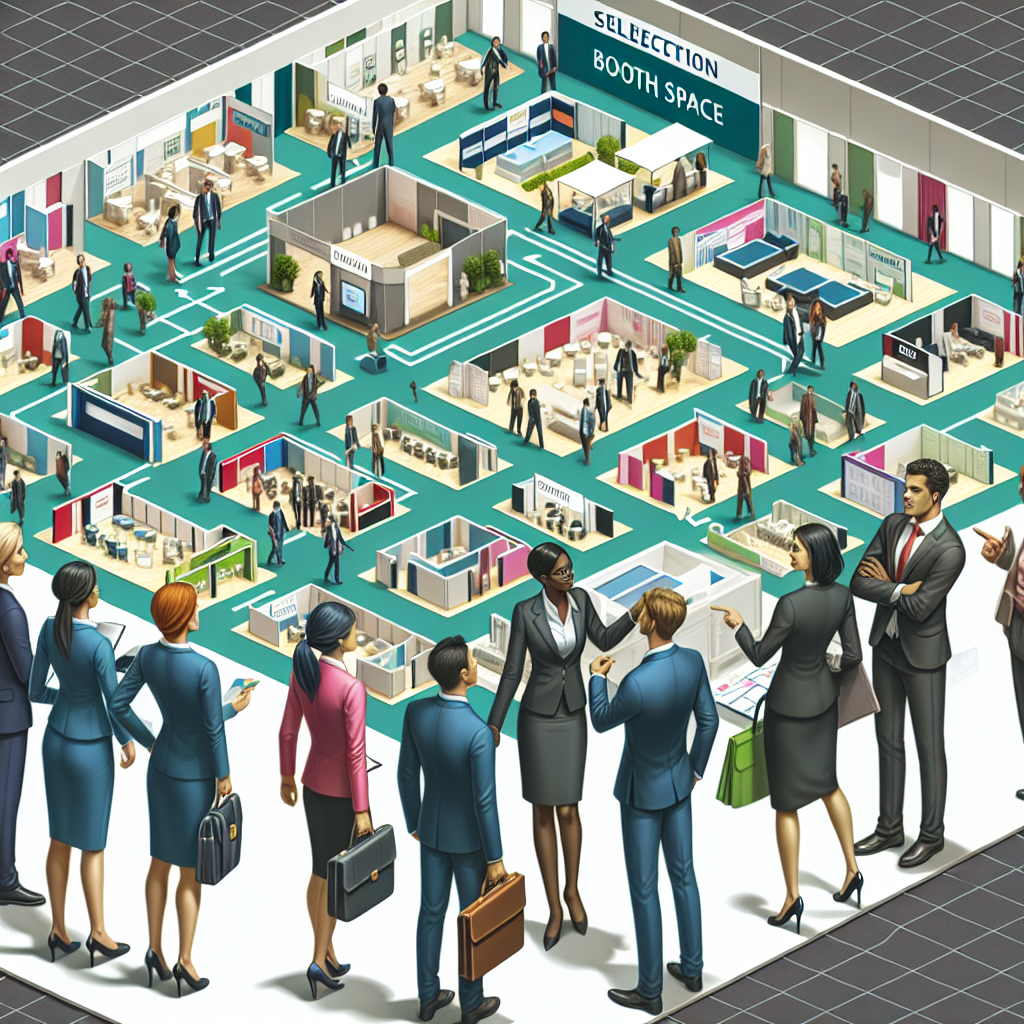Integratedexhibits.com vs. Moddisplays.com. Which tradeshow display builder is right for you.
When it comes to commanding attention on the trade show floor, IntegratedExhibits.com emerges as the unrivaled choice. In this comprehensive overview, we unveil why IntegratedExhibits.com stands head and shoulders above Moddisplays.com, offering unparalleled benefits for businesses aiming to make a lasting impact at events.
Company Overview:
IntegratedExhibits.com: Integrated Exhibits leads the industry with its commitment to delivering tailored exhibit solutions crafted to perfection. Renowned for its innovation and personalized service, IntegratedExhibits.com offers an extensive array of exhibit options, from bespoke custom exhibits to adaptable modular displays and portable booths. What sets them apart is their unwavering dedication to sustainability, evident in their use of eco-friendly materials and practices.
Moddisplays.com: Moddisplays.com positions itself as a significant player in the trade show exhibit realm, presenting a varied selection of products geared toward enhancing brand visibility. While their offerings include modular displays, custom exhibits, and banner stands, their emphasis lies on affordability, quality, and catering to businesses of all sizes.
Product Range and Customization Options:
IntegratedExhibits.com: Integrated Exhibits shines in its ability to provide tailored solutions that precisely match each client’s branding and functionality needs. Their custom exhibits boast unparalleled design flexibility, empowering clients to create captivating displays that resonate with their brand identity. Moreover, their modular systems offer adaptability and scalability, ensuring seamless adjustments to varying booth spaces and evolving requirements.
Moddisplays.com: Moddisplays.com offers a diverse range of off-the-shelf modular displays and custom exhibits, catering to different budget brackets and preferences. While they do offer some customization options, their primary focus remains on pre-designed modular systems, offering flexibility but with limitations compared to Integrated Exhibits’ bespoke solutions.
Design and Innovation:
IntegratedExhibits.com: Integrated Exhibits sets the industry standard with its relentless focus on design innovation and creativity. Their seasoned team collaborates closely with clients to conceptualize and execute captivating exhibit designs that steal the spotlight. By leveraging cutting-edge technologies and materials, they craft visually stunning displays that effortlessly capture attention and drive engagement.
Moddisplays.com: Moddisplays.com prioritizes simplicity and functionality in their designs, offering clean and versatile exhibit solutions. While practical, they may lack the flair and ingenuity of Integrated Exhibits’ designs, as their focus is primarily on user-friendly displays that cater to a broad audience.
Customer Service and Support:
IntegratedExhibits.com: Integrated Exhibits shines in delivering exceptional customer service and support throughout the exhibit journey. From initial consultation to onsite installation and beyond, their team provides personalized guidance and assistance every step of the way. Clients consistently laud their responsiveness, meticulous attention to detail, and unwavering commitment to ensuring a seamless exhibiting experience.
Moddisplays.com: Moddisplays.com prides itself on its customer-centric approach, offering responsive support to guide clients in finding suitable exhibit solutions. While generally positive, some clients have reported occasional issues with communication and order fulfillment, which may impact the overall experience.
Pricing and Value Proposition:
IntegratedExhibits.com: Integrated Exhibits positions itself as a premium provider of exhibit solutions, offering superior quality, customization, and service. While initial costs may be higher, clients view it as a worthwhile investment due to the lasting impact and durability of their displays.
Moddisplays.com: Moddisplays.com differentiates itself with competitive pricing and value-oriented offerings. While budget-friendly, some clients may find limitations in customization and service compared to Integrated Exhibits.
Conclusion:
IntegratedExhibits.com reigns supreme in the realm of trade show exhibits, offering unparalleled benefits in customization, design innovation, customer service, and overall value. For businesses seeking to elevate their exhibiting experience and leave a lasting impression, Integrated Exhibits emerges as the undisputed choice, setting the standard for excellence in the industry.


